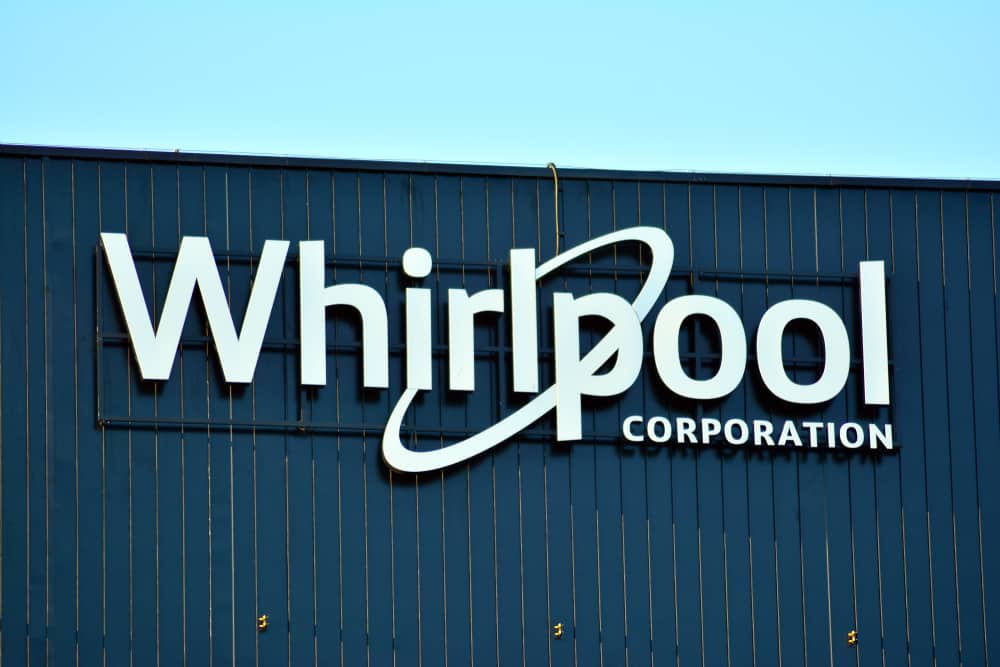
An ice maker is surely a convenient appliance for people who tend to consume more ice, and that’s the prime reason they invest in a high-end ice maker like Whirlpool. On the other hand, there are instances when users struggle with Whirlpool ice maker overfilling, and we are here to help you retrieve the normal operations of your ice maker.
Whirlpool Ice Maker Overfilling
1. Check The Ice Bin’s Location
First of all, if the ice bin seems to be overflowing, you need to check its location as it should be in the right location. In particular, people don’t ensure proper placement of the ice bin under the ice maker, which makes it easy to spill the ice on the other side of the ice bin. As result, it will start falling outside the bucket, and seem like the ice maker is overfilling. So, if you are only seeing a couple of ice cubes around your Whirlpool ice maker, you must check its location and place it properly.
2. Feeler Arm
The second step is to check the feeler arm – the feeler arm works as a sensor for the ice maker. So, when the feeler arm is broken, the ice maker won’t be able to know if the ice bucket is already full or not. Similarly, the ice maker won’t be able to detect the full ice bucket, and it will keep producing ice. Consequently, the ice bin will overflow. In such cases, you need to replace the feeler arm and it’s actually an easier job. It is important to inspect the feeler arm, and if you see some signs of damage and breakage, reach out to an experienced technician to get the feeler arm replacement.
3. Water Pressure
Low water pressure is also a culprit of overfilling ice makers. In case your home gets a low water pressure in every tap, it tends to be frustrating as it can impact the functionality and performance of the ice maker. The water inlet valve on your ice maker needs a minimum of 20 PSI water pressure to ensure seamless ice development. So, if the water inlet valve doesn’t sense this water pressure, it won’t close when it’s meant to stop flowing. Consequently, the water will start dripping into the ice maker.
Having said that, when this starts happening, the ice maker will start receiving excess water, resulting in overfilling. You need to inspect the ice maker, and if there is a sheet of ice on the bottom, you know that you have to check the water pressure. In case the water pressure seems too low, you must increase the water pressure to ensure seamless performance without any overfilling. In addition to this, you must check the pipes and make sure there is no clogging because it can lower the water pressure.
4. Water Inlet Valve
It’s quite common for the water inlet valves to get damaged and stop working properly. In case your house receives hard water from the water supply, there are high chances of clogging and mineral buildup in the valves and pipes. So, when there is a higher mineral buildup in water, it leads to an overflow in the ice maker. To fix this mineral buildup issue, you need to use a water softener as it optimizes the water quality.
On the other hand, if you don’t find the mineral buildup, it’s time you check the water inlet valve. The problem happens when your ice maker’s water inlet valve doesn’t close down completely, which leads to the constant flow of water into your ice maker. Honestly, the problem is quite easy to fix as you will be able to replace it with a new water inlet valve. On the other hand, if you aren’t comfortable changing the water inlet valve on your own, call up a technician.
5. Chute
Another thing to check is to check the chute because a clogged chute can also cause issues with the ice maker and overfilling is one of them. This is because when the chute is clogged the ice won’t flow out of the ice maker, resulting in overfilling. In addition, it will back the storage bin, hence the overflow. The solution is as simple as cleaning the chute because clearing the clog should be your ultimate priority. The chute can be easily cleaned by using a water and vinegar solution.